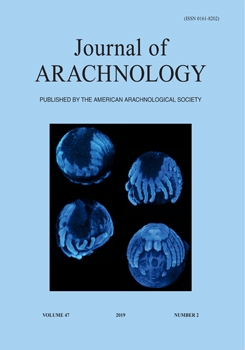Research progress on the order Solifugae, commonly known as camel spiders, has been hindered by challenges inherent in collecting these fast-moving, nocturnal predators. Recently, pitfall trapping combined with artificial light lures showed promise for improving capture rates, but the hypothesis that camel spiders are attracted to light traps (positive phototaxis) has never been tested. We constructed short pitfall trap arrays with and without lights across the Mojave Desert to test the light attraction hypothesis. Nearly all camel spiders we collected were found in traps with suspended lights, lending strong support for positive phototaxis. Distance from the lights within trap arrays does not appear to be correlated with the success of individual pitfall traps. Excitingly, our short pitfall light arrays, or Caterpillar light traps, were relatively easy to install and yielded an order of magnitude more camel spiders per effort hour than previously reported techniques.
How to translate text using browser tools
16 September 2019
A test of the light attraction hypothesis in camel spiders of the Mojave Desert (Arachnida: Solifugae)
Matthew R. Graham,
Michelina B. Pinto,
Paula E. Cushing
ACCESS THE FULL ARTICLE

The Journal of Arachnology
Vol. 47 • No. 2
August 2019
Vol. 47 • No. 2
August 2019
drift fence
Mojave Desert
pitfall trap
solifuges
Solpugids
sun spiders
wind scorpions




